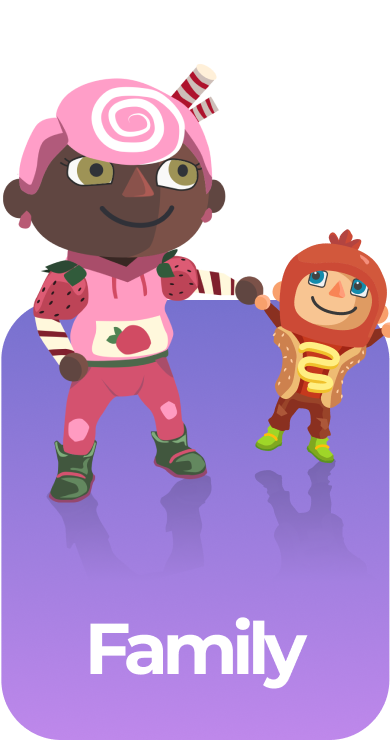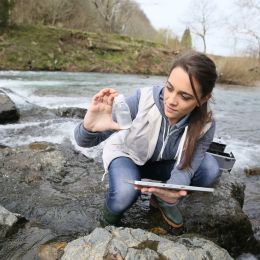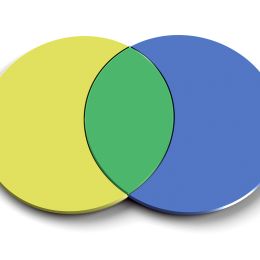Cool Math Games for Understanding Functions
5 gamesIn this series of math games, 8th-grade students will improve their math skills by learning that a function is a mathematical relationship where each input produces exactly one output based on a specific rule.
The Understanding Functions learning objective — based on CCSS and state standards — delivers improved student engagement and academic performance in your classroom, as demonstrated by research.
This learning objective directly references 8.F.A.1 as written in the common core national math standards.
Concepts Covered in Understanding Functions
Tables:
- Inputs → Numbers in a function table before the rule is applied.
- Rule → The operation(s) applied to the input.
- Function → A rule that assigns exactly one output to each input.
- Outputs → Numbers in a function table after the rule is applied.
Coordinate Pairs & Cartesian Grid:
- A coordinate pair represents an exact location on a Cartesian Grid.
- Expressed as (x, y):
- x-value → Determines location along the x-axis (horizontal).
- y-value → Determines location along the y-axis (vertical).
Graphing:
- A function table can be graphed on a coordinate plane as (input, output) → (x, y).
- Input (x-value) → Independent variable.
- Output (y-value) → Dependent variable.
Identifying:
- A table represents a function if each input has only one output.
- A graph represents a function if each x-value has only one y-value.
In a function table, numbers before applying the rule are called inputs. The rule consists of operations applied to these inputs to produce outputs. A function is a rule that assigns exactly one output to each input. After applying the rule, the resulting numbers in the function table are known as outputs. Every input has precisely one corresponding output.
A coordinate pair represents an exact location on a Cartesian Grid. It is written as an (x, y) coordinate, where the x-value determines the position along the x-axis (horizontal) and the y-value determines the position along the y-axis (vertical).
The relationship between inputs and outputs in a function table can be visualized on a coordinate plane, where (input, output) = (x, y). The input (x-value) represents the independent variable, while the output (y-value) represents the dependent variable. To determine if a table represents a function, check if each input has only one output. Similarly, to verify if plotted coordinate pairs form a function, ensure that each input (x-value) corresponds to just one output (y-value).
Find below a preview of each game designed to reinforce this learning objective.
Access all of the games on Legends of Learning for free with a teacher account!













